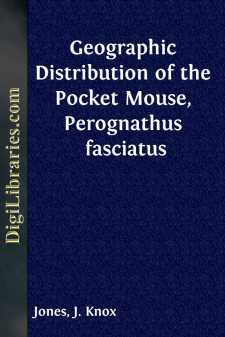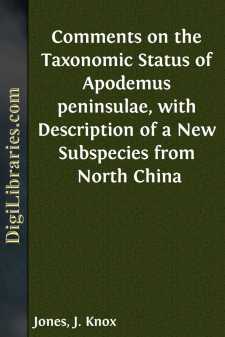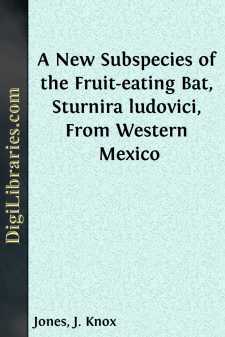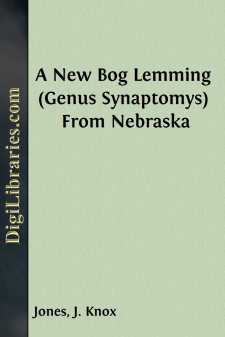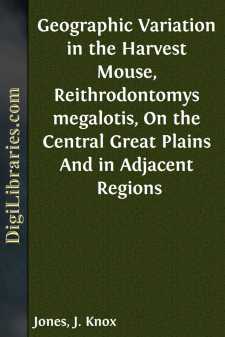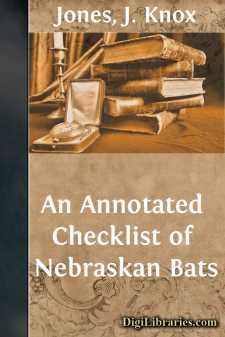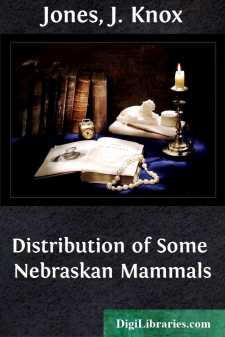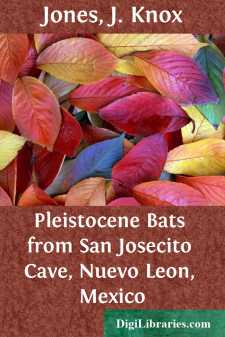Categories
- Antiques & Collectibles 13
- Architecture 36
- Art 48
- Bibles 22
- Biography & Autobiography 813
- Body, Mind & Spirit 142
- Business & Economics 28
- Children's Books 17
- Children's Fiction 14
- Computers 4
- Cooking 94
- Crafts & Hobbies 4
- Drama 346
- Education 46
- Family & Relationships 57
- Fiction 11829
- Games 19
- Gardening 17
- Health & Fitness 34
- History 1377
- House & Home 1
- Humor 147
- Juvenile Fiction 1873
- Juvenile Nonfiction 202
- Language Arts & Disciplines 88
- Law 16
- Literary Collections 686
- Literary Criticism 179
- Mathematics 13
- Medical 41
- Music 40
- Nature 179
- Non-Classifiable 1768
- Performing Arts 7
- Periodicals 1453
- Philosophy 64
- Photography 2
- Poetry 896
- Political Science 203
- Psychology 42
- Reference 154
- Religion 513
- Science 126
- Self-Help 84
- Social Science 81
- Sports & Recreation 34
- Study Aids 3
- Technology & Engineering 59
- Transportation 23
- Travel 463
- True Crime 29
Geographic Distribution of the Pocket Mouse, Perognathus fasciatus
by: J. Knox Jones
Description:
Excerpt
In his "Revision of the pocket mice of the genus Perognathus," Osgood (1900:18-20) reviewed the distribution, as then known, of Perognathus fasciatus and recognized two geographic races—Perognathus fasciatus [fasciatus] Wied-Neuwied in eastern Montana and Wyoming and adjacent parts of North and South Dakota, and Perognathus fasciatus infraluteus Thomas, known only from the type locality at Loveland, Larimer County, Colorado. Later, Cary (1911:61) described Perognathus fasciatus litus as a pale subspecies occurring in the lower Sweetwater Valley and adjacent parts of the Red Desert of south-central Wyoming. After 1911 no important taxonomic contributions dealing with Perognathus fasciatus appeared.
In studying the kinds of pocket mice known from Nebraska, I examined thirteen specimens of P. fasciatus from the northwestern part of the state which did not agree satisfactorily with the descriptions of any known subspecies of fasciatus. This impelled me to examine material from the entire range of P. fasciatus. This examination revealed that: (1) Perognathus callistus Osgood, heretofore considered to be a full species, should be reduced to subspecific rank under P. fasciatus; and (2) specimens from eastern Wyoming and adjacent parts of Montana, South Dakota and Nebraska represent an heretofore unrecognized subspecies. Further investigation, however, revealed that Perognathus flavescens olivaceogriseus Swenk, described from northwestern Nebraska (Swenk, 1940:6), is not flavescens but actually fasciatus. Since the specimens on which Swenk's description was based were taken within the range of this newly recognized subspecies, and since my examination of the holotype shows it to be of the species Perognathus fasciatus, the subspecific name olivaceogriseus is available.
The subspecies of P. fasciatus are most easily distinguished by color of pelage, in which there is a general cline from northeast (dark) to southwest (pale). Cranially, the subspecies are less distinct. The skulls of P. f. callistus can be distinguished from those of the other subspecies by several differences; however, among the other four subspecies, only minor cranial differences are evident. Individual variation was found to be greater than secondary sexual variation.
Fig.1. Distribution of the five subspecies ofPerognathus fasciatus. Solid symbols represent specimens examined; circled symbols represent type localities.Guide to subspecies
1.P. f. fasciatus
2.P. f. olivaceogriseus
3.P. f. infraluteus
4.P. f. litus
5.P. f. callistus
In connection with this study, grateful acknowledgment is made to the following persons for the loan of specimens in their care: Dr. H. E. Anthony, American Museum of Natural History (AMNH); Mr. Colin C. Sanborn, Chicago Natural History Museum (CNHM); Mr. Austin W. Cameron, National Museum of Canada (NMC); Miss Viola S. Schantz, Biological Surveys Collection, U. S. National Museum (USBS); Dr. Seth B. Benson, University of California Museum of Vertebrate Zoology (MVZ); Mr. J. E. Moore, Department of Zoology, University of Alberta (UADZ); Dr. William H. Burt, University of Michigan Museum of Zoology (MZ); Dr. Otis Wade, University of Nebraska Department of Zoology (UNDZ); Dr. C. Bertrand Schultz, University of Nebraska State Museum (NSM); and to those in charge of the collections of the Nebraska Game, Forestation and Parks Commission (NGFPC). Specimens from the Museum of Natural History, University of Kansas (KU), also have been used.
Capitalized color terms are those of Ridgway, Color Standards and Color Nomenclature, Washington, D. C., 1912. Assistance with field work to obtain specimens for the University of Kansas Museum of Natural History is acknowledged from the Kansas University Endowment Association and the National Science Foundation....


